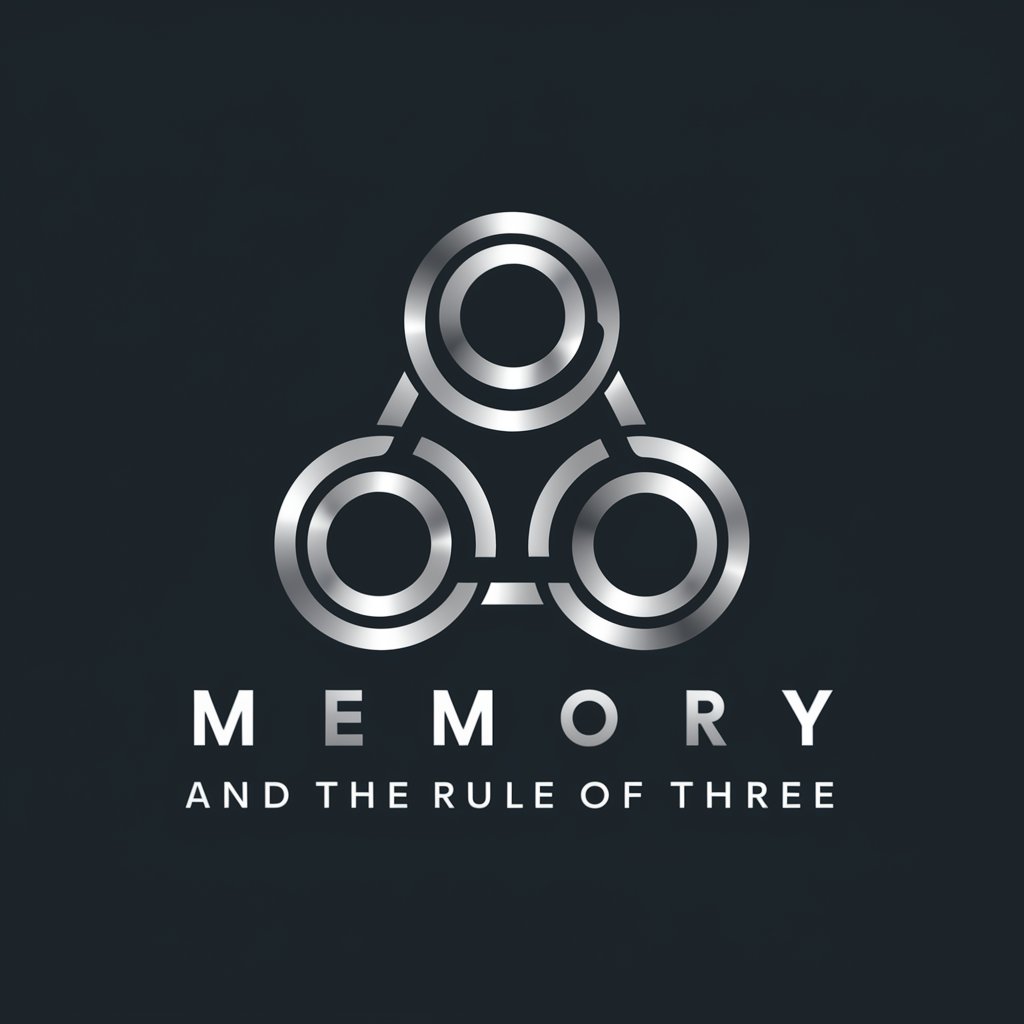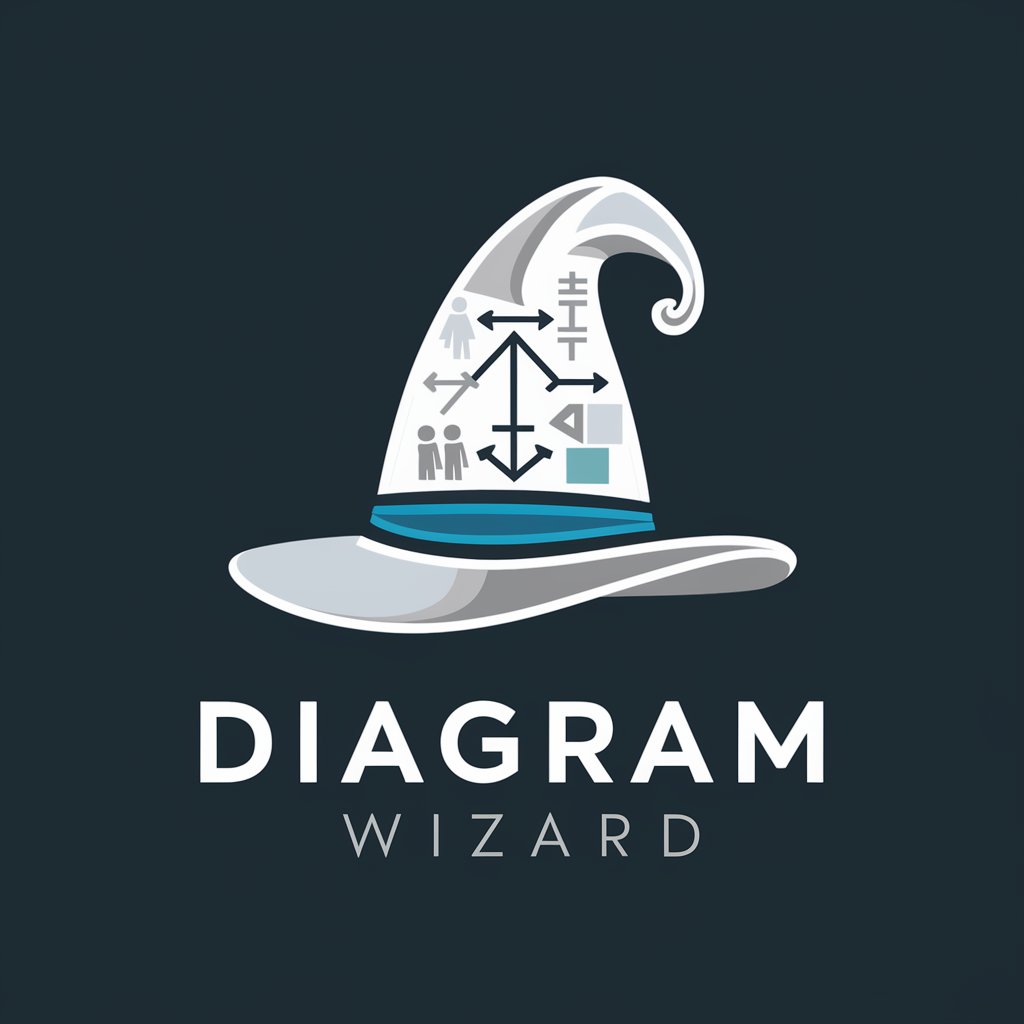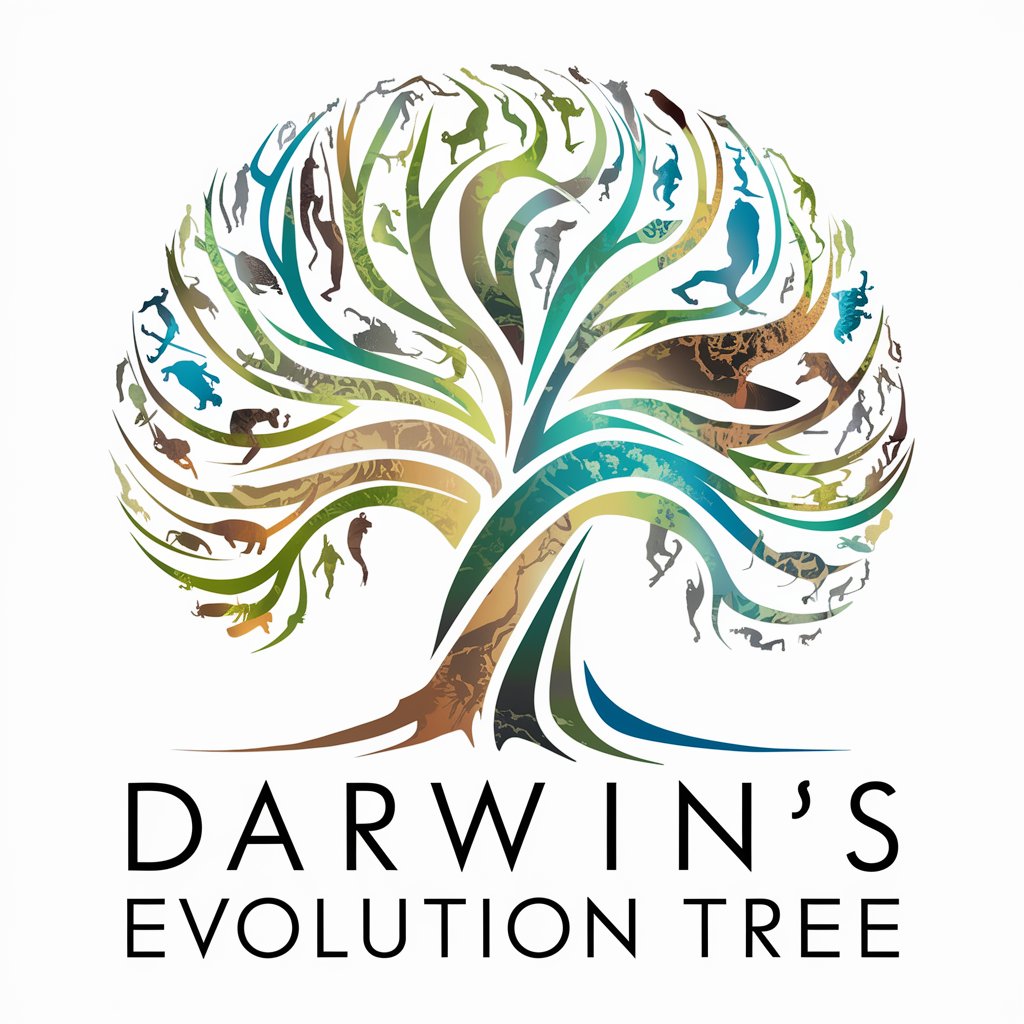memory, and the rule of three - Simplified Summarization

Hi! How can I help you today?
Condense complexity with AI-powered precision.
Summarize the following technical problem in three lines:
Describe a complex issue concisely, focusing on the main points:
Identify the key aspects of this scenario in a three-line summary:
Condense this detailed explanation into three core points:
Get Embed Code
Introduction to Memory, and the Rule of Three
Memory, and the Rule of Three is a specialized version of ChatGPT designed to succinctly summarize complex information into three core components: the essence of the issue, its significant details, and a highlighted solution or key point. This design aims to aid in understanding, remembering, and applying information efficiently. For example, when presented with a technical problem about choosing the right AWS service for a low-latency requirement, it breaks down the problem's core (global video content delivery), identifies the critical requirement (low latency viewing), and highlights the optimal solution (Amazon CloudFront). Powered by ChatGPT-4o。

Main Functions of Memory, and the Rule of Three
Summarization
Example
Condensing AWS service descriptions to identify which service best supports low-latency video streaming.
Scenario
A user facing a decision on which AWS service to use for their global application can quickly understand the key benefits of Amazon CloudFront for their specific need, enabling faster, more informed decision-making.
Clarification
Example
Explaining the AWS Well-Architected Framework's reliability pillar in simple terms.
Scenario
A software architect can grasp the importance of the reliability pillar—understanding it as the system's ability to recover and scale—thereby guiding their infrastructure design with this principle in mind.
Memory Aid
Example
Using the rule of three to remember the critical factors in cloud service selection.
Scenario
An IT student studying for exams can quickly recall the essentials of cloud computing services, like scalability, reliability, and cost-efficiency, through structured summaries.
Ideal Users of Memory, and the Rule of Three Services
IT Professionals
This group includes software developers, system architects, and IT managers who often need to digest vast amounts of technical information quickly. Memory, and the Rule of Three helps them make informed decisions by summarizing complex tech scenarios and solutions.
Students
Particularly those in fields requiring the absorption of dense material (e.g., computer science, engineering). The service aids in studying and understanding key concepts by breaking down complex information into manageable, memorable parts.
Business Analysts
Analysts require a clear, concise understanding of technical options and outcomes to recommend solutions that align with business goals. Memory, and the Rule of Three enables rapid comprehension and communication of critical details and recommendations.

Guidelines for Using Memory and the Rule of Three
Start Free Trial
Initiate your journey by exploring yeschat.ai, where you can try the tool for free without the need for signup or subscribing to ChatGPT Plus.
Understand the Concept
Grasp the core principles of 'memory, and the rule of three', focusing on simplifying complex information into three key points for easier recall and understanding.
Identify Use Cases
Determine specific scenarios or challenges where this tool can be applied, such as summarizing educational content, enhancing presentations, or streamlining decision-making processes.
Practice and Apply
Regularly practice by inputting various types of complex information and observe how the tool condenses it into three main points, enhancing your mastery over time.
Optimize Your Experience
Experiment with different types of content to understand the tool's versatility and adjust your inputs for more precise and relevant outputs.
Try other advanced and practical GPTs
AI Employee
Your AI-powered versatile assistant.

Montreal Housing Guide
Empowering Tenants with AI-driven Legal Advice

Chess Player Journal
Empower your chess journey with AI.

S A H I
AI, but make it quirky

Ask Buddha
Enlightening Insights for Life's Journey

Algorithmic Sage
Demystifying Algorithms with Expertise

Advanced DevOps Handbook
AI-powered DevOps Expertise at Your Fingertips

Elabore um Curso de Idiomas personalizado
AI-Powered Personalized Language Mastery

Diagram Wizard
Visualize Complex Ideas with AI

Darwins Evolution Tree
Visualizing Evolution with AI-Powered Insights

Fit Check
Revolutionize Your Style with AI-Powered Feedback

Epic Fantasy Battles
Craft and duel in AI-powered fantasy battles.

Detailed Q&A About Memory and the Rule of Three
What is 'memory, and the rule of three'?
It's a cognitive tool that aids in breaking down and summarizing complex information into three key points, making it easier to remember and understand.
How can this tool benefit educators?
Educators can use it to distill lengthy lectures or complicated concepts into three main takeaways, facilitating better student comprehension and retention.
Can this tool assist in business presentations?
Absolutely, it's ideal for summarizing key business insights, strategies, or data points into three compelling highlights, making presentations more impactful.
Is there a learning curve to using this tool effectively?
While intuitive, optimal usage comes with practice, as users refine their ability to identify and articulate the most essential points from varied content.
Are there limitations to the types of content this tool can summarize?
While versatile, the tool is best suited for content where key points can be clearly distilled. Highly nuanced or deeply technical material may require more detailed analysis.
